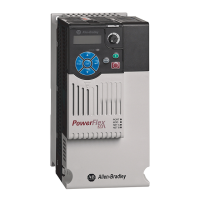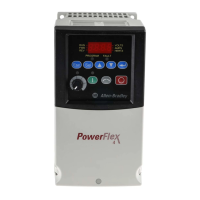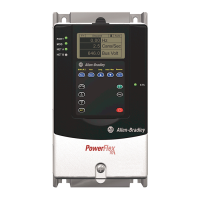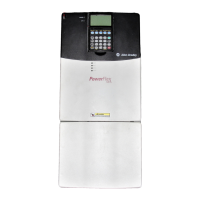Rockwell Automation Publication MOTION-UM003K-EN-P - January 2019 261
Homing Chapter 12
Passive Homing
The examples in Ta ble 57 show different ways to use passive homing.
Table 57 - Passive Homing Examples
Sequence Description
Passive Immediate Home This sequence is the simplest passive homing sequence type. When this sequence is
performed, the controller immediately assigns the Home Position to the current
axis actual-position. This homing sequence produces no axis motion.
Passive Home with Switch This passive homing sequence is useful for when an encoder marker is not available
or a proximity switch is being used.
When this sequence is performed in the Passive Homing mode, an external agent
moves the axis until the home switch is detected. The Home Position is assigned to
the axis position at the moment that the limit switch is detected. If you are using a
Home Offset, then the Home Position is offset from the point where this value
detects the switch.
Passive Home with Marker This passive homing sequence is useful for single-turn rotary and linear encoder
applications.
When this sequence is performed in the Passive Homing mode, an external agent
moves the axis until the marker is detected. The home position is assigned to the
axis position at the precise position where the marker was detected. If you are using
a Home Offset, then the Home Position is offset from the point where this value
detects the marker.
Passive Home with Switch
then Marker
This passive homing sequence is useful for multi-turn rotary applications.
When this sequence is performed in the Passive Homing mode, an external agent
moves the axis until the home switch and then the first encoder marker is detected.
The home position is assigned to the axis position at the precise position where the
marker was detected. If you are using a Home Offset, then the Home Position is
offset from the point where this value detects the marker.

